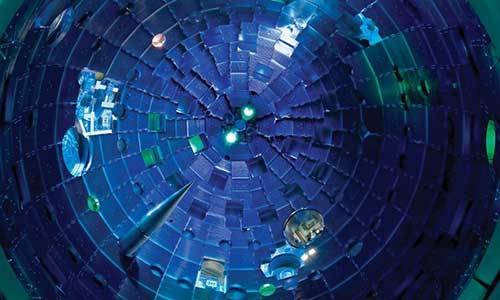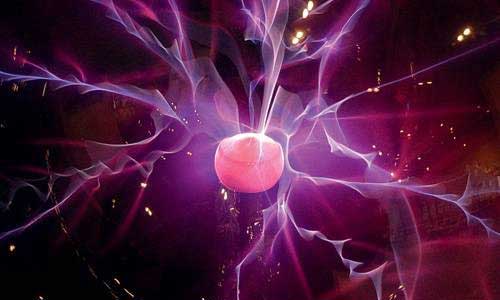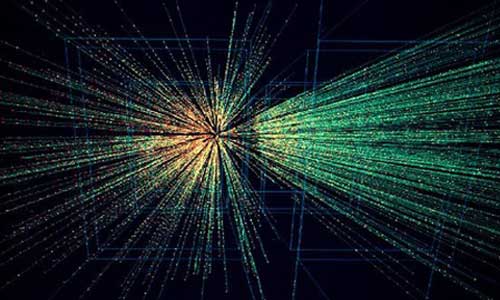


The fusion energy sciences mission of the Theory Department at the Princeton Plasma Physics Laboratory (PPPL) is to help provide the scientific foundations for establishing magnetic confinement as an attractive, technically feasible energy option. The Department generates the theoretical physics knowledge required for realistic extrapolation of present experimental results and suggests new approaches to improve performance. This involves the innovative development of better calculation capabilities, together with applications of the best theoretical tools to interpret and design experiments.
Important contributions to understanding the physics of plasma transport, MHD, and energetic particle behavior are reminders of the role theory can play in the fusion sciences program. These achievements underscore the fact that many of the advances in the field have resulted from an improved understanding of the basic mechanisms involved in toroidal confinement and not just from the development of empirical rules for scaling. Continuing improvements in operating regimes in magnetically confined plasmas and in diagnostic techniques should enable even more realistic comparisons of experimental results with theoretical models. As more reliable physics-based models emerge, it is expected that the pace of breakthroughs will be accelerated by more efficient harvesting of key results from experimental facilities and from identification of attractive new approaches and the associated designs for new facilities.
The Princeton Plasma Laboratory Theory Department continued its lead role in providing the theoretical and computational capabilities to help the U.S. Fusion Energy Sciences program achieve the scientific understanding and produce the key innovations which will lead to an attractive energy source. Endorsements and requests for enhanced collaborations in both tokamak and alternate concept research areas by the national and international fusion research communities have been stimulated not only by this group's impressive record for generating key seminal concepts, but also by its development and maintenance of the most comprehensive system of toroidal design and analysis codes.